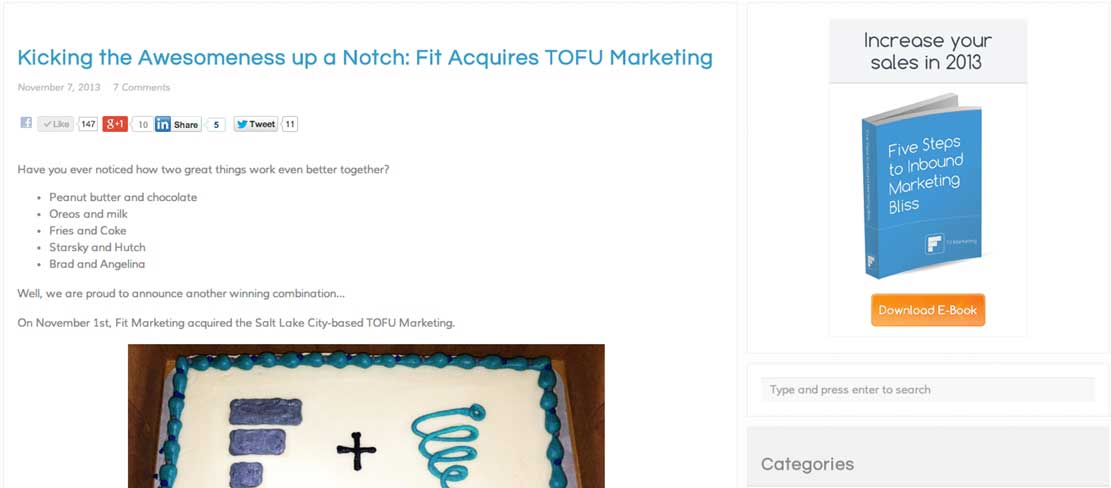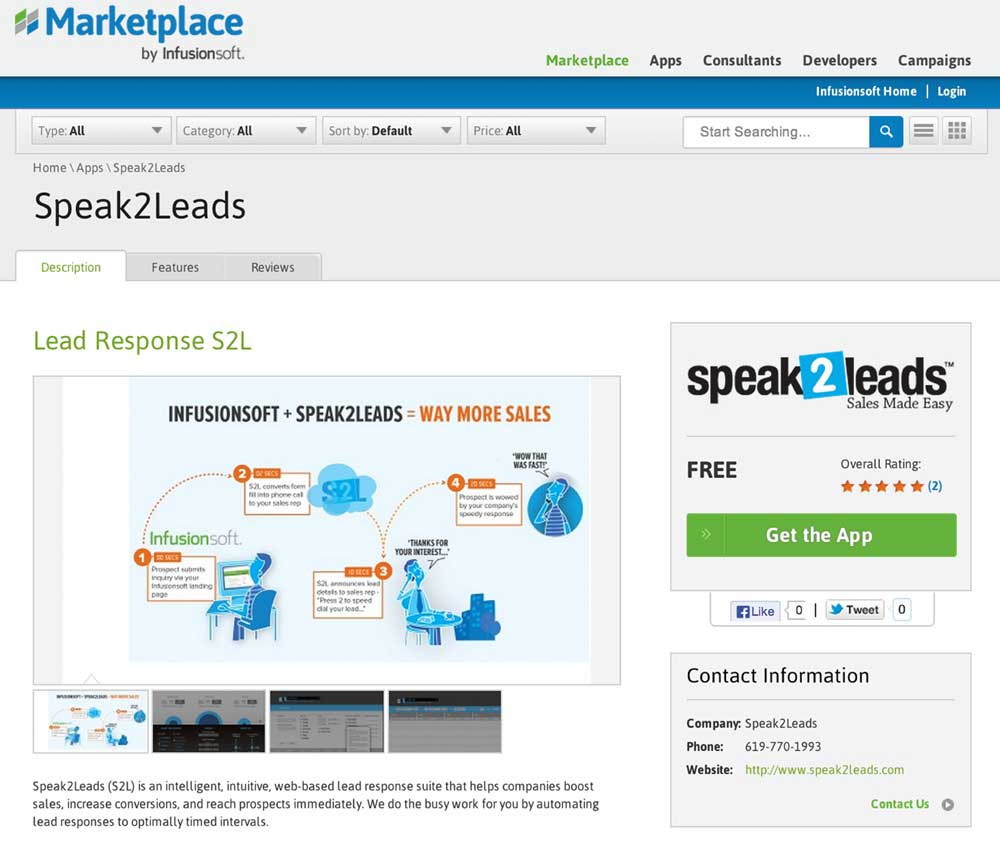Budgets are marketing's biggest myth. The idea is innocent enough: Companies will dedicate a conservative sum of money to user acquisition and customer retention. But here's the thing. If you're running your marketing programs right, your budget shouldn't even matter. It should be uncapped.
Keep in mind that we don't encourage business owners to go out and spend $1 million overnight. That would be insane. What we're saying is that it's possible to scale your marketing budget—i.e., starting with a small spend and building it up incrementally.
That growth-hacking process takes rigorous discipline. Start with a test, measure results, and scale up in areas when you are successful. And it's possible to start this process with $0. You need to focus your time on actions that generate an ROI, even if you're not spending money.
Get started immediately with the following four critical tips.
1. Stop wasting conversions
Traffic acquisition is only half the equation. Once your visitors are on your website, you need to make sure that you're maximizing your conversion opportunities. That means targeting visitors with the right marketing message, at the right time.
For instance, your blog readers may not be ready to spend money. So offer them a free trial or free content instead. At our blog at Fit Marketing, we offer a free e-book that helps move prospects down the sales conversion funnel. The goal is to help prospects see the expertise of our team and build trust with our brand.
What's important to keep in mind is that today's consumers are entirely self-directed. By the time they get in touch with your sales teams and customer service reps, they're more than halfway through the process of forming a mental commitment.
The best way to increase conversion opportunities is to provide buyers with the information they need to make an educated decision. Every missed connection is a missed chance at a sale.
2. Quit making customers jump through hoops
Forms, shopping carts, and everything in between should be simple, straightforward, and quick. People have limited attention spans. One minute they're shopping, and the next? They're watching cat memes while trapped in a downward Facebook spiral.
So, building on point No. 1, the biggest barrier to growth is a convoluted conversion process.
It's a perspective that Wealthfront's VP of growth, Elliot Schmukler, champions. Last May, he spoke at the Growth Hackers Conference in San Francisco about his previous experience building LinkedIn's growth strategy. His core message? "Reduce friction."
Make it unbelievably easy for your users to opt-in. Literally, keep it to one click. For inspiration, here is LinkedIn's campaign manager. You can get started running ads in just a few steps.
Keep in mind that we live in a cross-device world; that is, buyers browse your website via desktop and mobile. When people are on their phones, the last thing they want to do is spend time fumbling with a form. Especially for cross-platform users, you need to keep friction to a minimum by making sign-up processes as short as possible. Ask only for what you need. The rest, you can get later.
3. Contact new prospects one-to-one
Reach out to your first few hundred customers manually. It's exhausting. It's boring. Sometimes, it's even mind-numbing. Whatever you're feeling, push through it. One-to-one relationships are the lifeblood of your growth strategy.
Don't just spray spam email and pray you'll get conversions. Be very thoughtful about how you reach out to prospects. Research blog posts that they're writing, communities they're a part of, and contacts you share in common.
Stick with it. Don't give up. Power through the non-responses and the "no thank yous" until you finally get a "yes."
This will be an incredible learning process. The more you understand your customers, the more you can customize your marketing programs to their specific needs. The key to succeeding with one-to-one connections with prospects is to listen more than you talk. Approach the conversations with a blank slate, and let your customers guide you.
4. Make some friends
Partner ecosystems are invaluable frameworks for driving growth. The idea is simple: There are complementary apps and products out there with larger audiences than yours. You should be knocking on those companies' doors.
Integration partnerships are symbiotic relationships. Your service and those of your partners will function as complements to one another. Start with the needs of your customers and work backward to find complementary partnerships.
For inspiration, take a look at Speak2Leads, a lead-response app for sales teams. The company aims to reach an audience of small business owners. So, it's partnered with marketing automation platform Infusionsoft. Here is a snapshot of Speak2Leads in Infusionsoft's app marketplace:
Speak2Leads drives its company's growth by partnering with CRMs that already have an established customer base. The goal is to add value to an existing network for distribution.
(A final thought) Get creative and collaborative
Growth-hacking is a blended discipline of biz dev, engineering, and marketing. See how the pieces fit together to best harness the existing assets of your business. Growth-hacking is an art. Find inspiration anywhere, and don't be afraid to explore.







